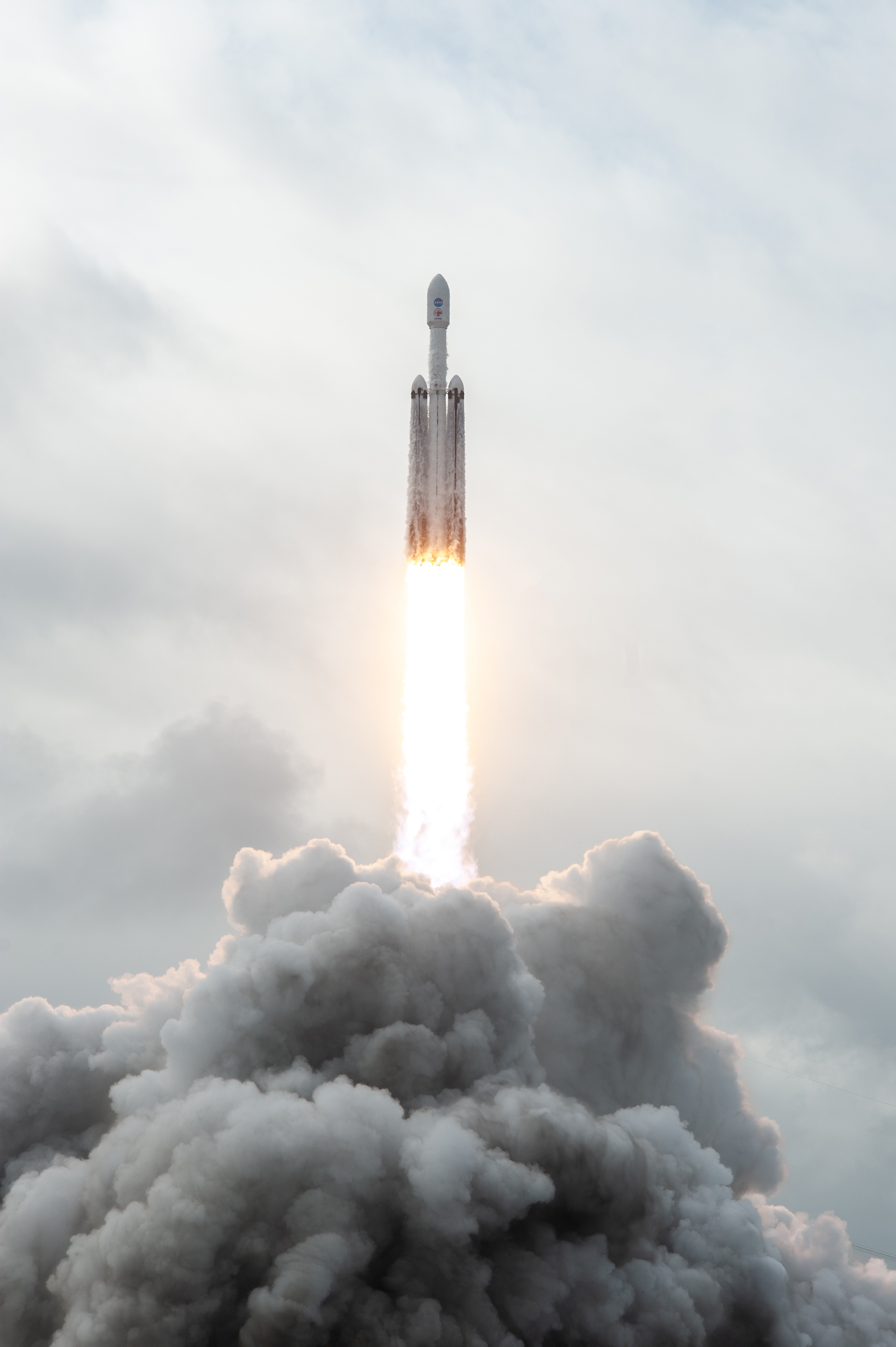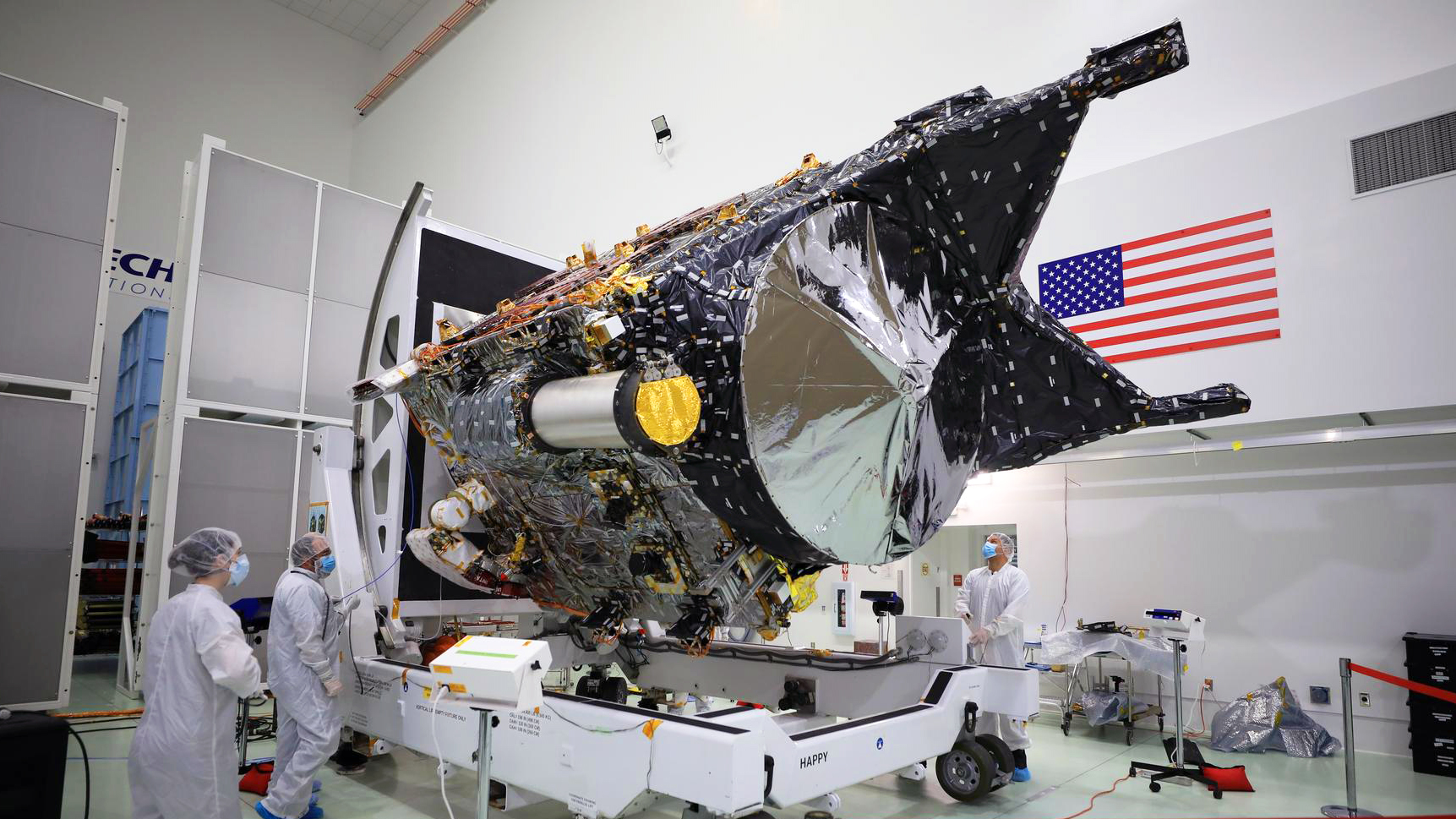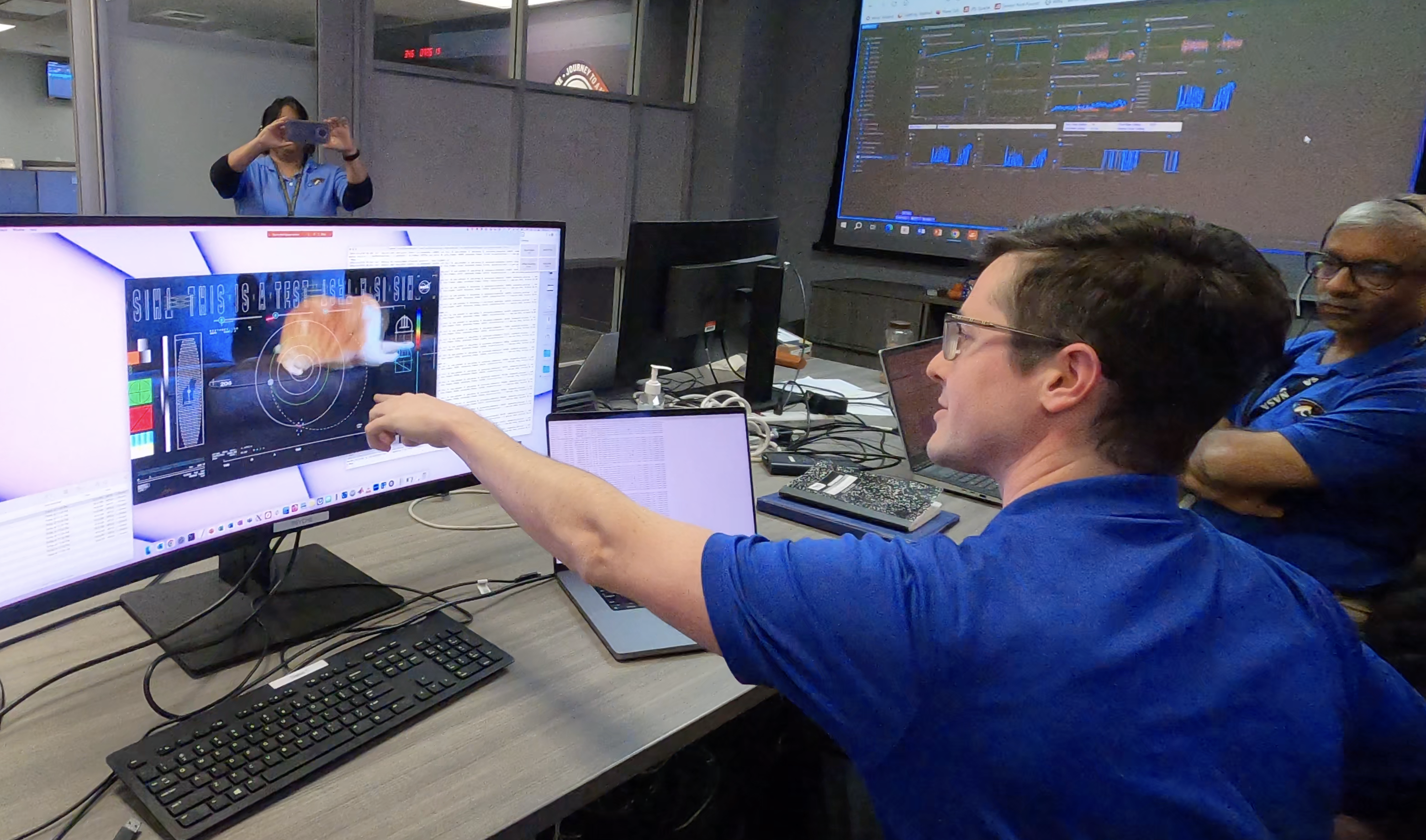Psyche Science
Psyche is the first mission to explore an asteroid with a surface that contains substantial amounts of metal rather than rock or ice. The mission will improve our knowledge of iron cores, a previously unexplored building block of planet formation.

Goals & Objectives
Mission Goals
- Understand iron cores, a previously unexplored building block of planet formation
- Look inside terrestrial planets, including Earth, by directly examining the interior of a differentiated (layered) body, which otherwise could not be seen
- Explore a new type of world – a world made not of rock and ice, but metal
Science Objectives
- Determine whether Psyche is a core, or if it is unmelted material
- Determine the relative ages of regions of Psyche’s surface
- Determine whether small metal bodies incorporate the same light elements as are expected in the Earth’s high-pressure core
- Determine whether Psyche was formed under conditions more oxidizing, or more reducing than Earth’s core
- Characterize Psyche’s topography
Arizona State University in Tempe leads the Psyche mission and is the home to the mission’s principal investigator, Lindy Elkins-Tanton. The mission’s deputy principal investigator is Ben Weiss from the Massachusetts Institute of Technology in Cambridge.
NASA’s Jet Propulsion Laboratory (JPL) is responsible for the mission’s overall management, system engineering, integration and testing, and operations. At JPL, the project manager is Henry Stone, the deputy project manager is Robert Mase, and the project scientist is Carol Polanskey.





